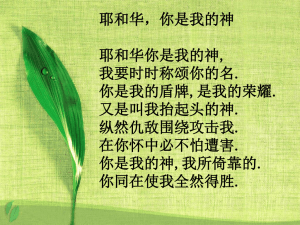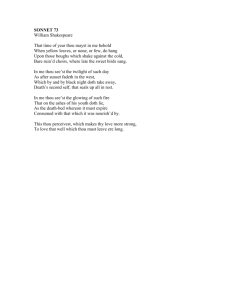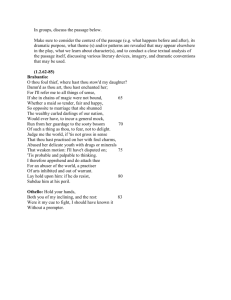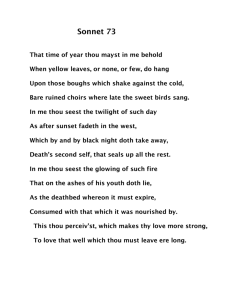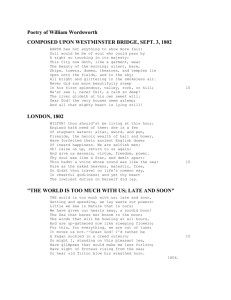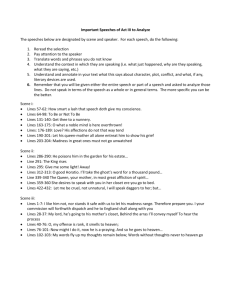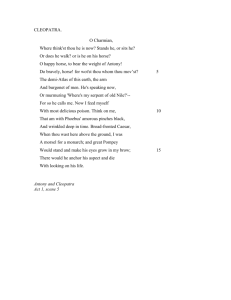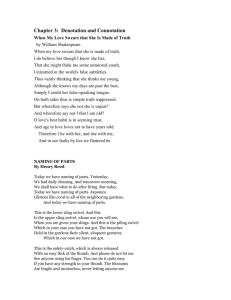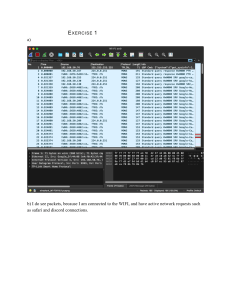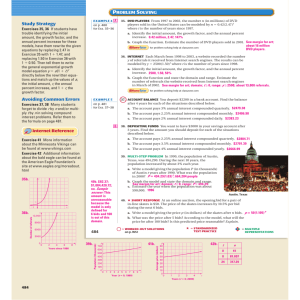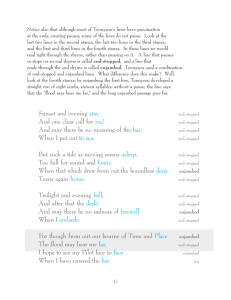E2 Terms_Structural
advertisement
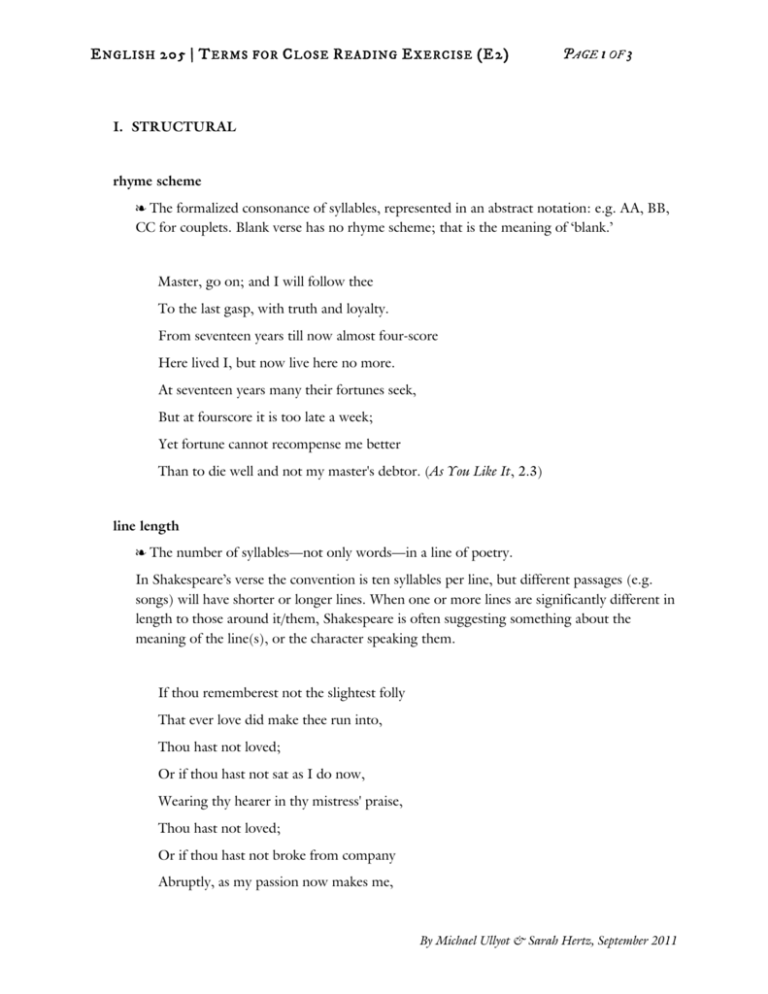
E NGLISH 205 | T ERMS FOR C LOSE R EADING E XERCISE (E2) PAGE 1 OF 3 I. STRUCTURAL rhyme scheme ❧ The formalized consonance of syllables, represented in an abstract notation: e.g. AA, BB, CC for couplets. Blank verse has no rhyme scheme; that is the meaning of ‘blank.’ Master, go on; and I will follow thee To the last gasp, with truth and loyalty. From seventeen years till now almost four-score Here lived I, but now live here no more. At seventeen years many their fortunes seek, But at fourscore it is too late a week; Yet fortune cannot recompense me better Than to die well and not my master's debtor. (As You Like It, 2.3) line length ❧ The number of syllables—not only words—in a line of poetry. In Shakespeare’s verse the convention is ten syllables per line, but different passages (e.g. songs) will have shorter or longer lines. When one or more lines are significantly different in length to those around it/them, Shakespeare is often suggesting something about the meaning of the line(s), or the character speaking them. If thou rememberest not the slightest folly That ever love did make thee run into, Thou hast not loved; Or if thou hast not sat as I do now, Wearing thy hearer in thy mistress' praise, Thou hast not loved; Or if thou hast not broke from company Abruptly, as my passion now makes me, By Michael Ullyot & Sarah Hertz, September 2011 E NGLISH 205 | T ERMS FOR C LOSE R EADING E XERCISE (E2) PAGE 2 OF 3 Thou hast not loved. (As You Like It, 2.4) enjambment (French for ‘striding over’) ❧ A sentence or statement that spans more than one verse line. Lines exhibiting enjambement do not end with grammatical breaks, and their sense is incomplete without the following line(s). Such lines are commonly referred to as run-on lines and are distinguished from end-stopped lines. The meaning of an end-stopped line, in which a grammatical pause marked by punctuation and the physical end of the line coincide, is complete in itself. The following lines, from The Winter’s Tale, are enjambed: “I am not prone to weeping, as our sex Commonly are; the want of which vain dew Perchance shall dry your pities; but I have That honourable grief lodged here which burns Worse than tears drown.” (Hermione, 2.1.110-14) Whereas, in contrast, the lines from Romeo & Juliet are all end-stopped: “A glooming peace this morning with it brings. The sun for sorrow will not show his head. Go hence, to have more talk of these sad things. Some shall be pardon’d, and some punished.” (Prince, 5.3.304-07) caesura ❧ A break or pause in a line of poetry, dictated by the natural rhythm of the language and/or enforced by punctuation. A line may have more than one caesura, or none at all. By Michael Ullyot & Sarah Hertz, September 2011 E NGLISH 205 | T ERMS FOR C LOSE R EADING E XERCISE (E2) PAGE 3 OF 3 If near the beginning of the line, it is called the initial caesura; near the middle, medial; near the end, terminal. The commonest is the medial. “To be, or not to be: that is the question:” (Hamlet, 3.1.58) structure & distinct phases ❧ These are not technical terms. They refer simply to the stages through which a text progresses. You can describe a text’s stages by considering its sentences or clauses (parts of sentences) and thinking about their relationships. Where does the text start, and where does it end? What stages come in between those bookends? Do they work together, saying similar things? Are there oppositions, reversals, hesitations? If the text is an argument, for example, does it make a claim at the beginning and then back it up with evidence? Or use evidence/examples to build toward a claim? By Michael Ullyot & Sarah Hertz, September 2011
